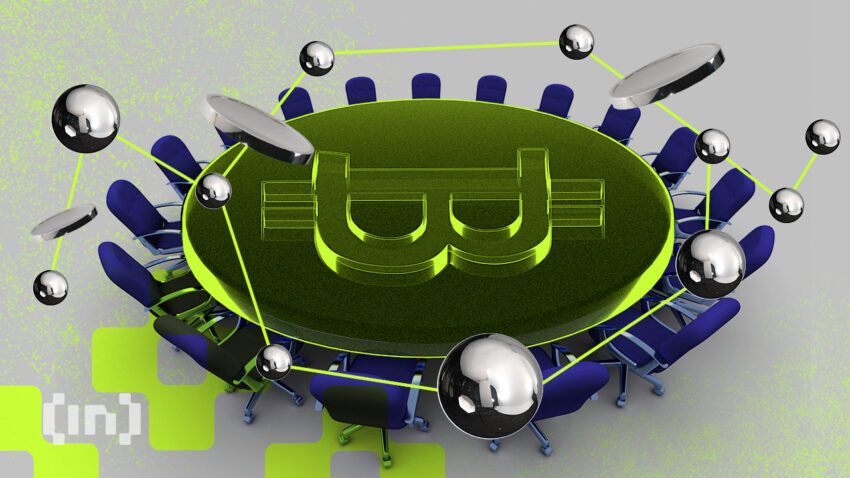The Bitcoin Ordinal craze that took over the network last week appears to have lost momentum. As a result, the Mempool is returning to normal levels.
Ordinals flooded the Bitcoin network last week as the latest crypto craze gathered pace. Valentine’s day saw the peak activity with the hundred thousandth ordinal inscribed.
Ordinal Inscriptions are digital assets similar to nonfungible tokens (NFTs). They can be inscribed into one Satoshi, the smallest denomination of a Bitcoin.
Inscribing writes the data of the content stored into the witness of the Bitcoin transaction. The witness was introduced in the SegWit upgrade in 2017.
In theory, Bitcoin blocks should max out at 1MB per block. However, SegWit and Taproot have enabled Ordinal users to add 3MB of data to each block.
Bitcoin Mempool Levels Stabilizing
Furthermore, on Feb. 16, industry researchers observed the on-chain effect of the Ordinal craze.
“Inscription fee rates, mean block size, and taproot utilization are all exploding, while the mempool (transaction queue) is beginning to fill for the first time in months.”
By Monday, Feb. 20, things appeared to have cooled down as Mempool levels stabilized again.
The Mempool is essentially Bitcoin’s “waiting area” for transactions that each full node maintains for itself. Once a node has verified a transaction, it waits inside the Mempool until it is picked up by a miner and inserted into a block.
Once the Mempool starts to fill up as it did last week, nodes begin to prioritize transactions by setting up a minimal transaction fee threshold. Only transactions with a large enough fee are allowed to access the Mempool, so this mechanism effectively cuts out the transaction spam.
Furthermore, the reduction in Mempool levels suggests that Ordinal inscriptions may have been just a phase. They were made possible by the Taproot upgrade launched on the Bitcoin network in November 2021.
Ordinal Inscriptions Surging
However, on Feb. 19, Delphi Digital reported that more than 140,000 Ordinals have been inscribed over the past month. It went on to explain:
“Users inscribe data to these specific sats, arguably fundamentally changing Bitcoin’s fungibility. Ordinals can provide wild ramifications for sat providence and the entire chain.”
It added that fees are climbing and blocks are getting bigger, “which is increasing Bitcoin’s security budget and miner profitability.”
The researchers noted that ordinal inscriptions began on Dec. 17, 2022, but users only inscribed just over a dozen until Jan. 21, 2023. “Since then, we have seen the market go parabolic,” it said.
Disclaimer
In adherence to the Trust Project guidelines, BeInCrypto is committed to unbiased, transparent reporting. This news article aims to provide accurate, timely information. However, readers are advised to verify facts independently and consult with a professional before making any decisions based on this content. Please note that our Terms and Conditions, Privacy Policy, and Disclaimers have been updated.


